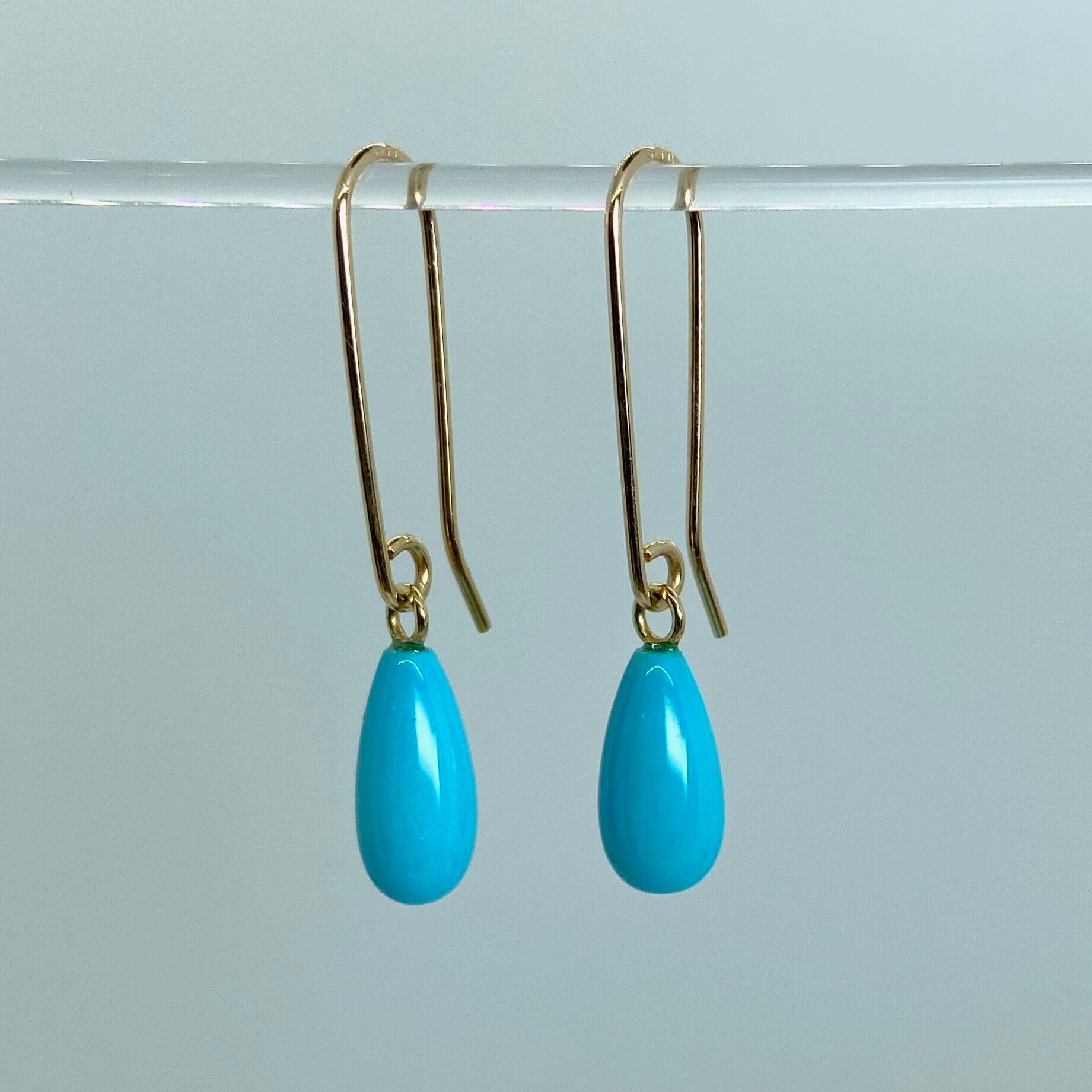A birthday in December gives you lots to celebrate - and many birthstones to choose from. Three brilliant blue stones are representative of this last month in the calendar year, and though they all share a color hue, they are quite different in their histories, their qualities, and their appeal.
Turquoise
This earthy gemstone has been noted as a staple in human adornment since the earliest recorded years of history, all over the globe. Egyptian, Native American, Aztec, and Chinese cultures are just a few who used turquoise to embellish the living and honor the deceased. Europe first was introduced to the gem when it was brought from Persian mines to Turkey to showcase at bazaars. “Turquois” is the French word for “Turkish,” hence the name given to the bluish green gem. Turquoise has long carried spiritual significance, specifically within the Native American culture which considers the stone to be a living force, capable of healing. Many civilizations honor the ability of turquoise to protect its wearer and bring good luck.
Tanzanite
In distinct comparison to turquoise, tanzanite is a very new and rare gem, having only come into popular fashion around 60 years ago. Not surprisingly, the gem is found in Tanzania, mined at the foot of Mt. Kilimanjaro. Because this is the only known source of Tanzanite, some forecasters anticipate the supply may reach its end in the upcoming future. Tiffany & Co. popularized tanzanite when the founder’s great grandson fell in love with the gem, which boasts a gorgeous purplish blue color. Depending on the way it is cut and the angle at which it is looked at, it has the ability to appear as two or even three different colors. Naturally occurring purple and blue tanzanite is extremely rare - more often it is brought to this beautiful state by heating the brownish mineral, zoisite, until it changes the oxidation enough to create a cool blue hue.
Zircon
Blue Zircon Atomic Posts
Though it may be the least well known of the three, zircon holds its own as a stunning blue gem with a richness that rivals its more prominent gemstone counterparts. The luster of zircon is due to its high refractive index, creating a kind of “doubling” of the light inside. When well cut, it shines with a brilliance and light similar to a diamond, and actually has a history of being used as a diamond alternative. Most rough zircon is originally brown and can be transformed into either a crystal blue or a colorless state using heat treatment. Here at Keith Field Goldsmith, we hold zircon in high esteem for its beauty paired with its accessibility and feature it often in our pieces. Beyond just being stunning to look at, zircon is considered a “stone of virtue” which can bestow honor, wisdom, and equilibrium on its wearer. Zircons have long been representative of purity and commitment.




